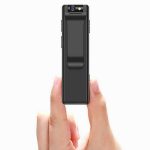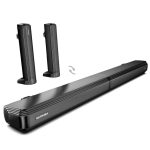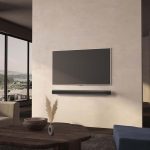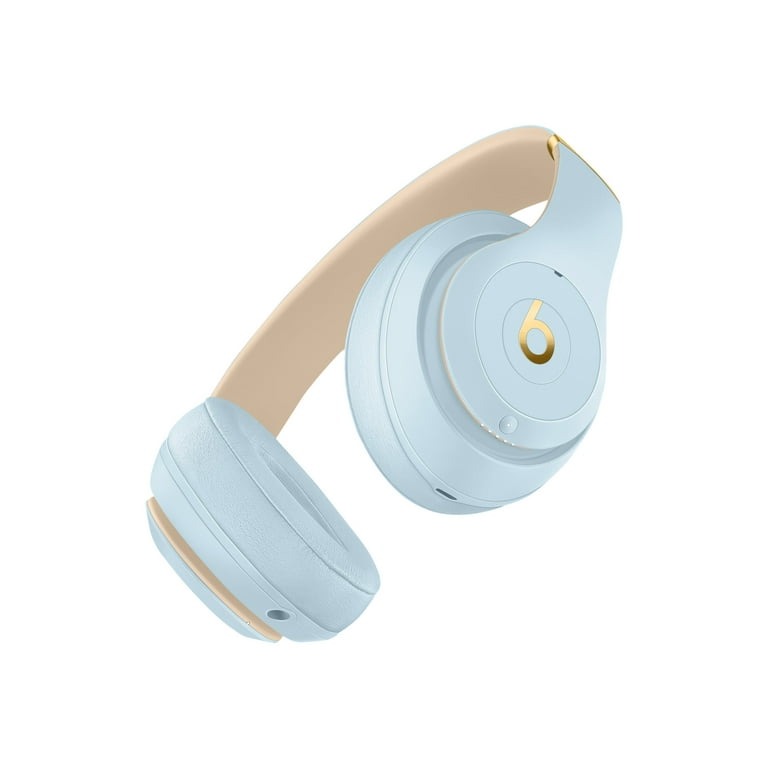In today’s fast-paced world, listening to music or podcasts through headphones has become a common practice. However, a critical question arises: how loud is too loud for headphones? Understanding the safe volume levels is essential for maintaining our hearing health.
The Risks of High Volume Listening
Long-term exposure to high volumes through headphones can cause hearing damage. This damage occurs when loud sounds damage the hair cells in the inner ear. These cells do not grow back. Once they are gone, hearing loss is permanent. Sounds above 85 decibels (dB) are harmful over time. This is around the volume of busy city traffic. Many headphones can go over 100 dB. At this level, hearing damage can happen in under 15 minutes.
High volume listening can also lead to tinnitus. This condition causes ringing or buzzing in the ears. It can happen after listening to loud music. It may go away after a while, or it might stay for longer periods. Regular exposure to loud sounds through headphones increases the risk of tinnitus.
Listening at high volumes can cause another problem called Temporary Threshold Shift (TTS). This is a short-term loss of hearing after loud noise exposure. Your hearing typically returns after a short time. Yet, repeated episodes can lead to permanent hearing damage.
Lastly, high volume can make you unaware of your surroundings. This is risky when you are walking or driving. It can lead to accidents as you might not hear important sounds around you.
Understanding Decibel Levels in Headphones
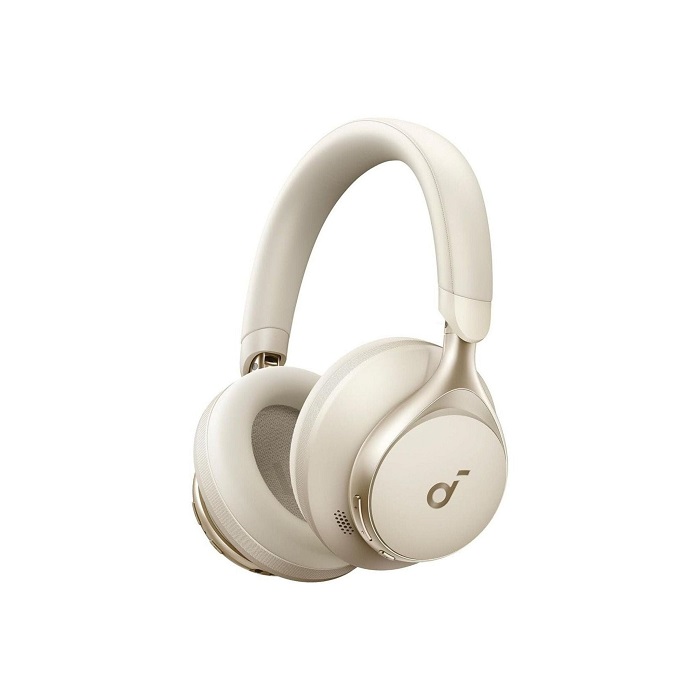
Decibels (dB) measure sound intensity. In headphones, this scale helps gauge safe volume levels. Generally, sounds at 85 dB can be safe for long periods. Levels above this can harm hearing over time. Headphones can often exceed 100 dB, which can be risky.
Sound at 85 dB is like heavy traffic noise. A motorcycle engine is around 95 dB. Knowing this, consider that music through headphones at high volumes can be more damaging than street noise.
To stay safe, use lower volume settings. Every 3 dB rise doubles the sound energy. This increase can lead to quicker hearing damage. It’s important to understand the decibel scale. It helps you know how loud is too loud for headphones.
Remember, lower volumes can prevent hearing loss. Keep headphone use at levels where you can still hear your environment. This ensures not just hearing safety but overall awareness too.
Safe Volume Limits According to Health Organizations
Health organizations have established safe volume limits to protect hearing. The World Health Organization (WHO) suggests keeping volumes below 85 decibels to avoid damage. This limit aims to prevent risks associated with long-term exposure to high volumes. It’s crucial to follow these guidelines when using headphones.
The Occupational Safety and Health Administration (OSHA) in the United States sets regulations for workplace noise. OSHA’s limit for an 8-hour workday is also 85 dB. While these rules are for the workplace, they serve as a good standard for headphone users.
The National Institute for Occupational Safety and Health (NIOSH) recommends even lower levels. NIOSH suggests that for every 3 dB above 85 dB, the permissible exposure time halves. So, at 88 dB, the safe listening time drops to 4 hours. This recommendation underlines the importance of lower volumes for hearing conservation.
Paying attention to these health organization standards can help prevent hearing loss. Use the volume settings on your devices as a guide. Many smartphones and music players have built-in alerts to warn you when the volume is too loud. These tools can help keep you within the safe listening threshold.
Remember to monitor the volume, especially when in noisy environments. Lowering the volume can maintain your hearing health and ensure your safety.
Headphone Types and Their Impact on Hearing
Different types of headphones can affect your hearing in various ways. It is crucial to understand which ones can pose more risk when it comes to hearing damage.
In-Ear Headphones
In-ear headphones, often called earbuds, sit directly in the ear canal. They can deliver sound very close to the eardrum. This means high volumes are even riskier with earbuds. Because they are so close to the inner ear, sounds can seem louder. So, keeping the volume low is vital with these devices.
On-Ear Headphones
On-ear headphones rest on the outside of your ears. They can be less isolating than in-ear types. This might mean you’re likely to turn up the volume in noisy places. When you increase the volume, the risk of hearing damage goes up. Try to limit the use of on-ear headphones in loud environments.
Over-Ear Headphones
Over-ear headphones cover the whole ear. They usually provide better sound quality. They also tend to block out external noise. This can keep you from turning the volume too high. Yet, if you use them at a high volume for too long, they can still be harmful.
Noise-Cancelling Headphones
Noise-cancelling headphones reduce background noise. They can protect your hearing by allowing you to listen at lower volumes. But remember, even these headphones can cause harm if used incorrectly.
Bluetooth and Wireless Headphones
Wireless headphones remove the hassle of cords. But the absence of wires does not affect the volume level. They can still be too loud if not managed properly. Always keep track of the volume level to avoid harm.
Choosing the right type of headphones and using them at safe volumes can make a big difference in protecting your hearing. Stick to volume limits for a safer listening experience. Pay attention to how loud is too loud for headphones, and adjust the volume accordingly.
Practical Tips to Protect Your Hearing
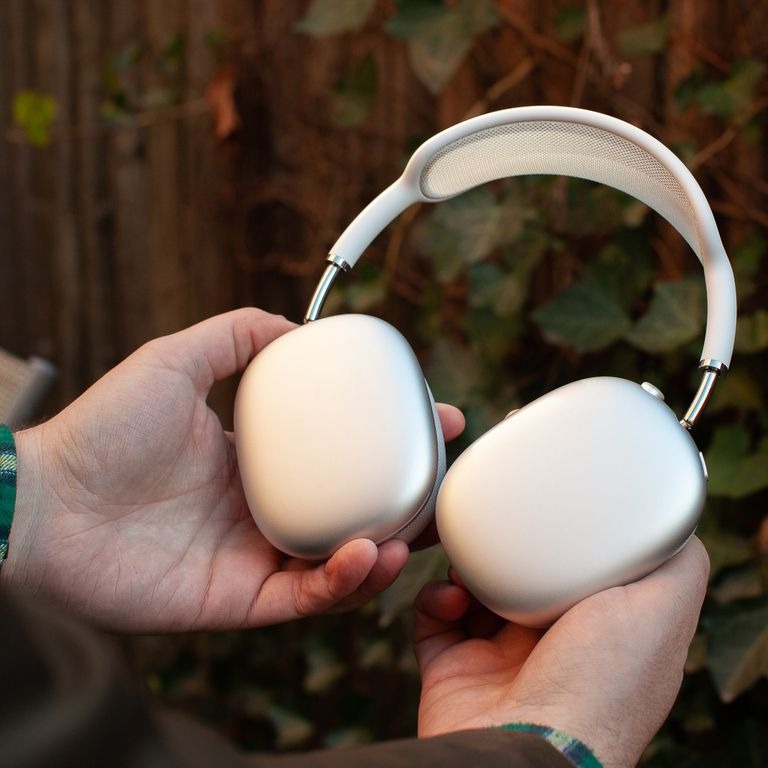
Protecting your hearing from high volumes is crucial to avoid long-term damage. Here are some key strategies you could adopt to keep your listening habits safe:
- Lower the volume: Ensure that your headphone volume stays below the 85 decibel threshold. This can significantly reduce the risk of hearing impairment.
- Use the 60/60 rule: Try to listen at no more than 60% of your device’s maximum volume for a maximum of 60 minutes at a time.
- Take frequent breaks: Give your ears a rest from headphones every so often. Short breaks can minimize the chances of hearing loss.
- Choose over-ear headphones: Over-ear models can be less damaging than on-ear or in-ear types due to their ability to block external noise, which may reduce the need to up the volume.
- Invest in noise-cancelling headphones: These headphones can help you listen to audio content without the need for high volume settings, even in loud environments.
- Be aware of ambient noise: If you’re in a noisy place, avoid the reflex to crank up the volume; try to find a quieter location instead.
- Use sound-limiting features: Employ the volume limiting functions built into many smartphones and digital music players to keep a safe level.
- Regularly check your hearing: Monitoring your hearing can alert you to any changes early on, allowing you to take action to prevent further damage.
Incorporating these straightforward tips into your daily routine could greatly enhance your hearing safety when using headphones. Remember, knowing how loud is too loud for headphones is essential—maintain a safe volume to safeguard your auditory health.
How to Measure Headphone Volume Levels
Knowing how loud is too loud for headphones can be tricky. To protect your hearing, it’s important to measure headphone volume levels accurately. Here are ways to do that:
- Use a Decibel Meter: Apps are available that turn your smartphone into a decibel meter. These can measure sound levels directly from your headphones.
- Check Manufacturer Specs: Look at the specifications provided by the headphone manufacturer. They often list maximum volume outputs in decibels.
- Volume Limiting Features: Modern devices have settings to limit maximum volume. Use these to keep levels safe.
- Professional Sound Level Testing: For the most accurate measurement, consider professional sound level testing. Audiologists can help you assess the volume of your headphones.
- Rely on Sensory Cues: Pay attention to signs of volume being too high, such as needing to shout to be heard.
By regularly checking the volume levels of your headphones, you ensure a safer listening experience. Remember the recommended 85 decibel limit and learn how to measure sound to keep within safe listening parameters.
The Role of Noise-Cancelling Headphones in Hearing Protection
Noise-cancelling headphones play a vital part in safeguarding our hearing. These devices work by creating sound waves that cancel out background noise. This allows us to listen at lower volumes, reducing the risk of hearing damage. Here’s why noise-cancelling headphones are a smart choice for hearing protection:
- Lower volume needs: With less background noise, there’s no need to raise the volume. This keeps your ears safe from high decibel levels.
- Stress reduction: Constant noise can lead to stress. By blocking out ambient sounds, these headphones help reduce stress levels.
- Improved focus: Without background noise, it’s easier to focus on your tasks. Whether it’s work or relaxation, these headphones help you stay on track.
- Better sound quality: They enhance the listening experience by providing clearer audio. This means you can enjoy your music without cranking up the volume.
While noise-cancelling headphones offer benefits, it’s crucial to use them correctly. Always monitor the volume and take breaks to prevent excessive exposure to noise, even with these advanced devices. Remember, how loud is too loud for headphones still applies, regardless of the type. For hearing protection, it’s best to combine noise-cancelling headphones with safe listening practices outlined by health organizations.
Educating Children and Teenagers on Safe Listening Habits
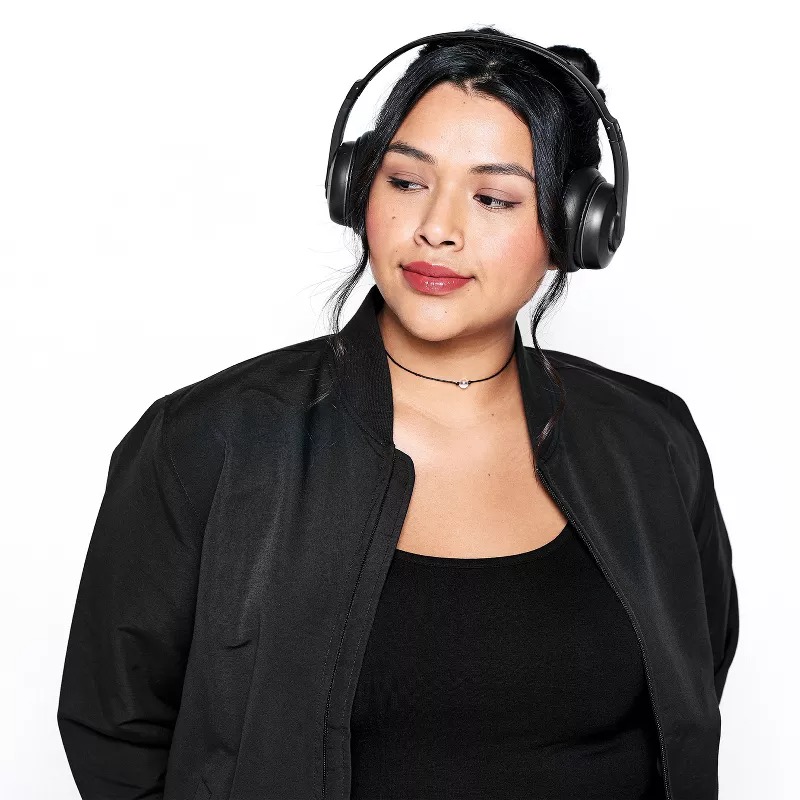
Educating the younger generation about safe listening habits is essential for their long-term hearing health. Children and teenagers often use headphones for leisure, study, and social interactions. It’s crucial to guide them on how loud is too loud for headphones. Here are some age-appropriate strategies to help them protect their hearing:
- Set a good example: Show them by keeping your own volume levels low.
- Discuss risks: Speak about the dangers of high volume and hearing loss.
- Volume control tools: Teach them to use volume-limiting features on devices.
- Encourage regular breaks: Remind them to take breaks from headphones frequently.
- Offer safer alternatives: Suggest over-ear or noise-cancelling headphones.
- Create a listening schedule: Help them plan listening times and durations.
- Monitor usage: Keep an eye on how often they use headphones and at what volumes.
- Hearing checks: Include regular hearing tests in health check-ups.
- Education programs: Support school initiatives that teach about hearing safety.
By implementing these practices, children and teenagers can enjoy their headphones at a safe volume. Early education on how loud is too loud for headphones ensures they develop lifelong healthy listening habits. This protection today will help preserve their hearing for the future.



